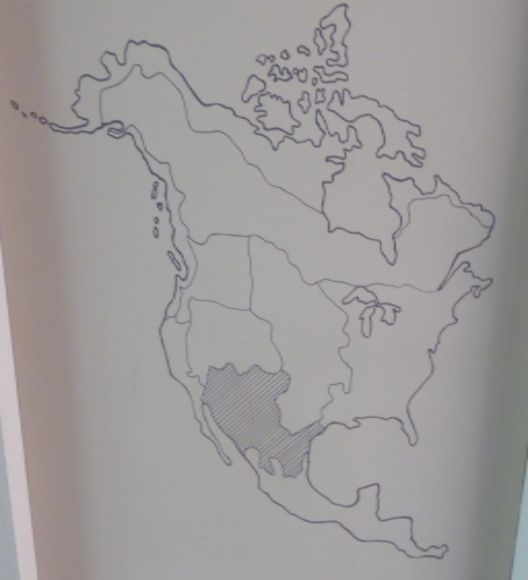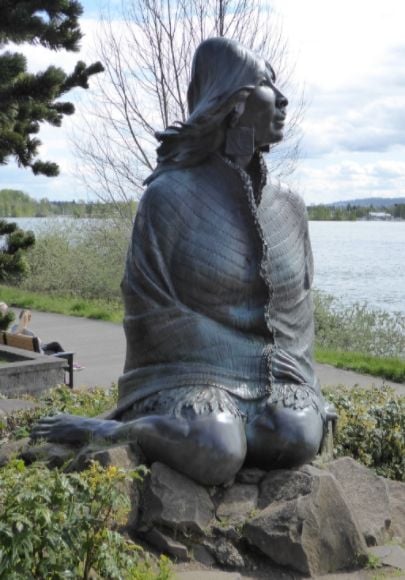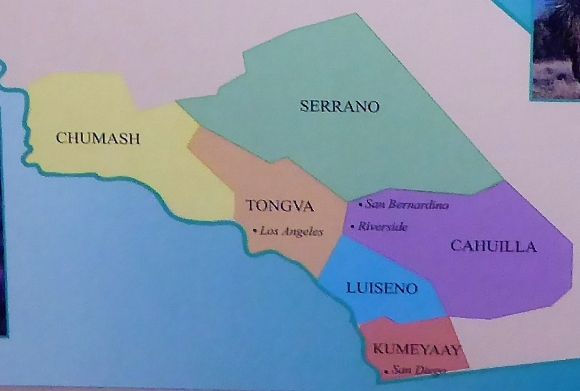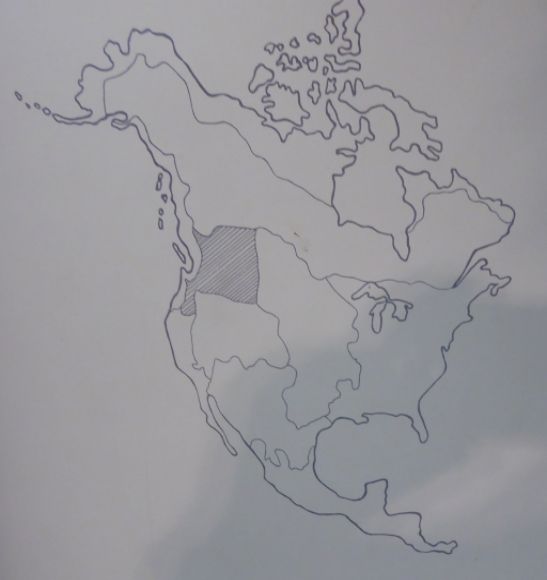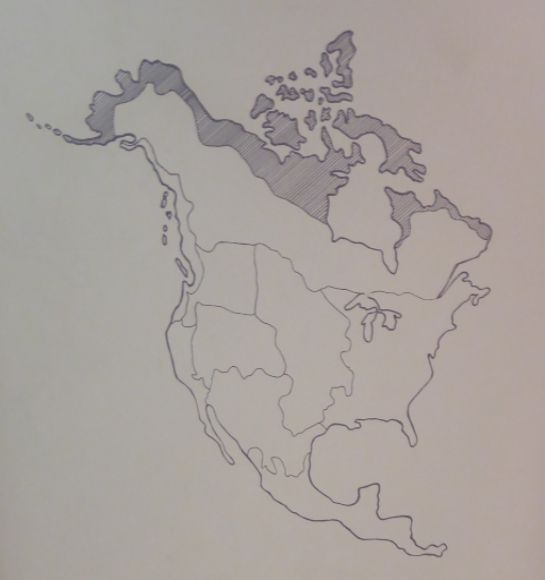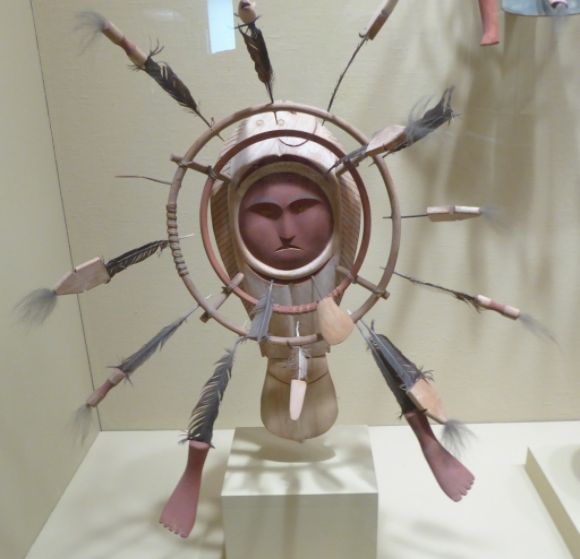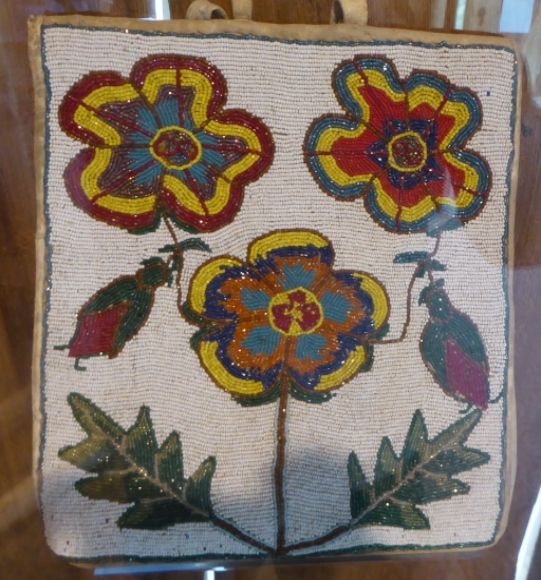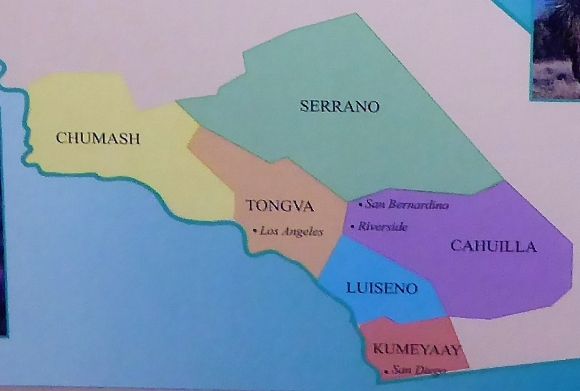Southwestern Baskets in the Maryhill Museum (Photo Diary)
The Southwest Culture Area is a culturally diverse area. Geographically it covers all of Arizona and New Mexico and includes parts of Colorado, Nevada, Utah, and Texas as well as parts of the Mexican states of Sonora and Chihuahua. Much of this area is semi-arid; part of it is true desert (southern Arizona); and part … Continued
